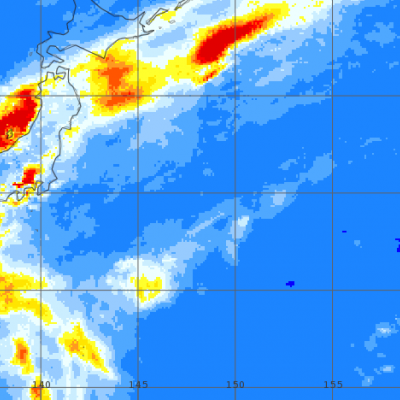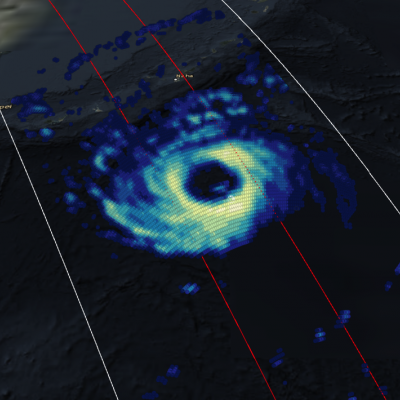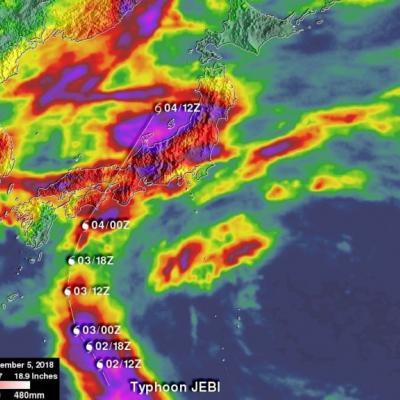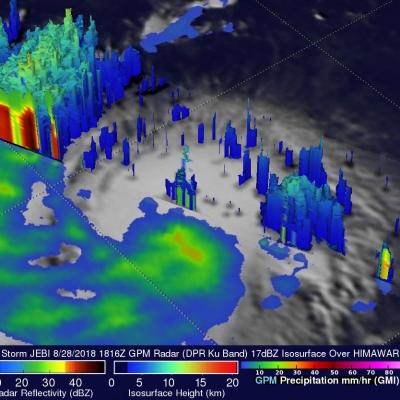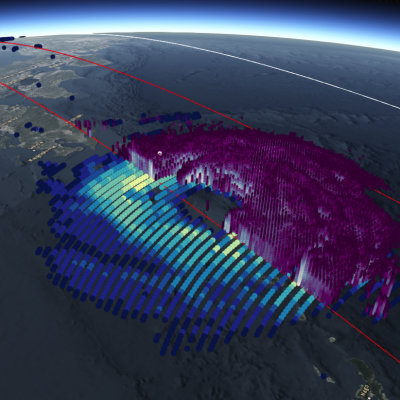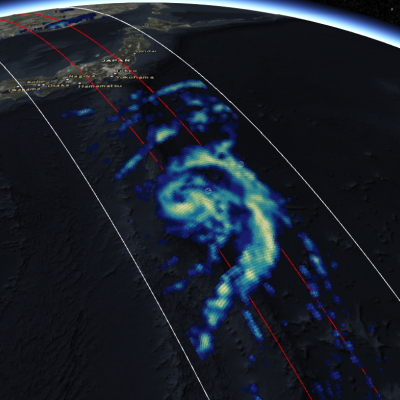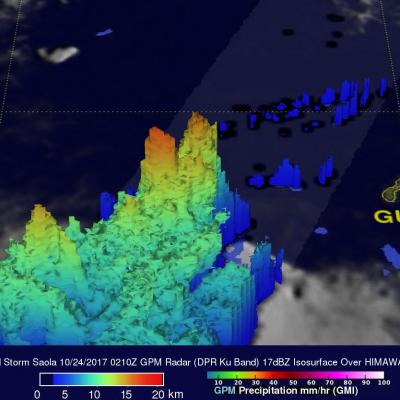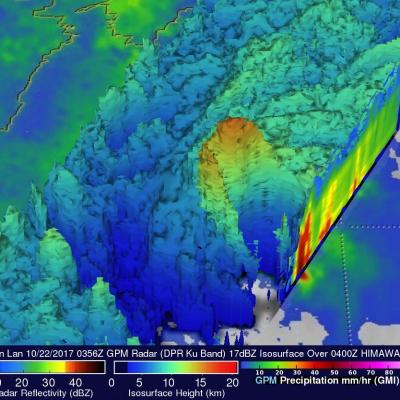GPM Views Cat. 2 Typhoon Trami Moving Towards Japan
View fullscreen in STORM Event Viewer Once a Category 5 Super Typhoon, Trami has become rooted in place due to a lack of steering flow. This has caused the storm to deplete the warm waters beneath it and it has since weakened to a Category 2 with maximum winds of 90 knots. It maintains a broad eye and once it begins moving again, is likely to reintensify at least somewhat as it zooms northeastward over the Ryukyu Islands and into the southern coast of Japan. Wind impacts are likely to be exacerbated by its forward speed and current forecasts expect it to have widespread impacts in a region


